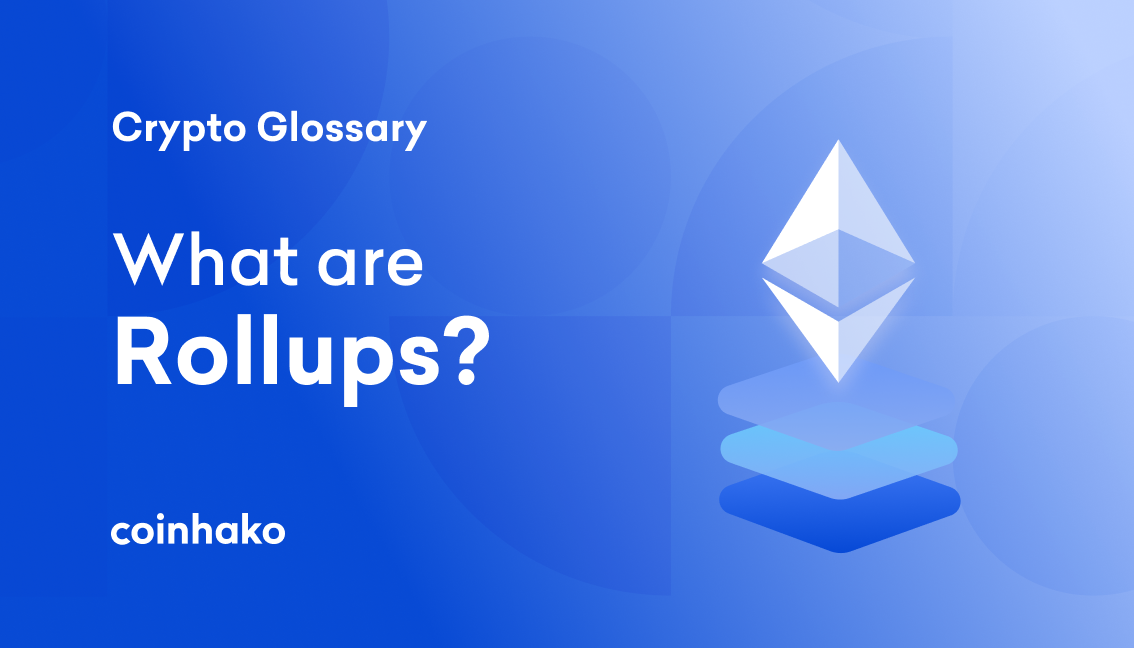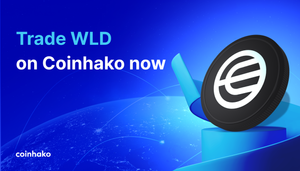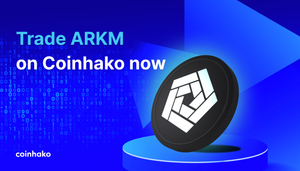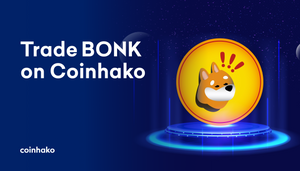This is no news, but Ethereum gas fees can get higher than an eighteen-year-old at his first party. In fact, when the network is congested, gas fees can be more expensive that the transaction amount itself.
It’s like trying to buy an NFT for 0.01 ETH, but having to pay gas fees worth 0.03 ETH. Doesn’t sound fun at all, does it?
At the end of 2021, Vitalik Buterin outlined a plausible roadmap named “Endgame” for improving the scalability of Ethereum. One of his main points included the implementation of zk-SNARKs and rollups.
But what have these got to do with Ethereum and how do they work?
Here’s a simplified summary of what rollups are:
What are rollups?
The basic idea of how rollups work is that it pushes the bulk of a transaction volume off the base chain onto a second layer, then it will send the the transaction data back onto the Layer 1 chain.
The latter is key as it allows blockchain operators to check and detect fraud of the transactions that are being computed off-chain if they wish to. Unlike sidechains, rollups still depend on the base chain so there is no need to trust a separate set of validators.
Benefits of a Rollup solutions:
- Higher transactions per second (tps) and lower transaction fees
For example, the Ethereum blockchain can handle 15–45 transactions per second. With Layer 2 scaling solutions, this number rises to around 1000–4000tps.
A higher tps means less network congestion, which can reduce the transaction fees incurred on the network.
- Faster transaction confirmation: Rollups implement smart contracts in layer 1, and are responsible for deposits, withdrawals, and verifying transactions alleviating the speed of transaction confirmation.
Two types of rollups:
- Optimistic rollups: As its name suggests, optimistic rollups post data to Layer 1 and assume the transaction will be valid. As such, they do not perform any computation by default.
However, there is a challenge period where anyone can dispute the legitimacy of data in a batch. This is when the computation kicks in to process data retrieved from layer 1 to confirm that transactions are valid. In the event that it is established as fraudulent, all the affected transactions will be reverted. As such, withdrawal periods using this rollups are significantly longer than ZK rollups.
Examples: Arbitrum, Optimism
- Zero-knowledge rollups: are smart contracts that process multiple transfers off the main blockchain then "rolling" them up into a single transaction. The roll will submit a SNARK (succinct non-interactive argument of knowledge) aka “zk-snark” back to the main chain as proof of validity. This basically means someone verifies the legitimacy of transaction off chain and will send it back to layer 1.
Zk-rollups have been growing in importance as a scaling solution, especially within the Ethereum ecosystem.
Examples: Immutable X, dYdX
We hope this aritcle helped you understand rollups a bit better. Got a crypto term you want us to explain? Tweet us at @coinhako_official or slide into our DMs here
If you enjoyed this article, you may also like:
Disclaimer: All writer’s opinions are their own and do not constitute financial advice. As a company, we do our best to provide information that is accurate and valuable. The contents of this blog post are intended for educational purposes only. Individuals are advised to perform due diligence before purchasing any cryptocurrencies as these assets are subject to high volatility, and understand the risks associated with trading cryptocurrencies.
📩 Sign-up to Subscribe to our mailing list to have them delivered straight to your inbox!
👉 Join our Telegram community
🤔If you have any enquiries, you may contact us here or you can visit our Information Page.
Copyright © Coinhako 2021 All Rights Reserved. Read more on our terms of use of this blog.
All opinions expressed here by Coinhako.com are intended for educational purposes, taken from the research and experiences of the writers of the platform, and should not be taken as investment or financial advice.






